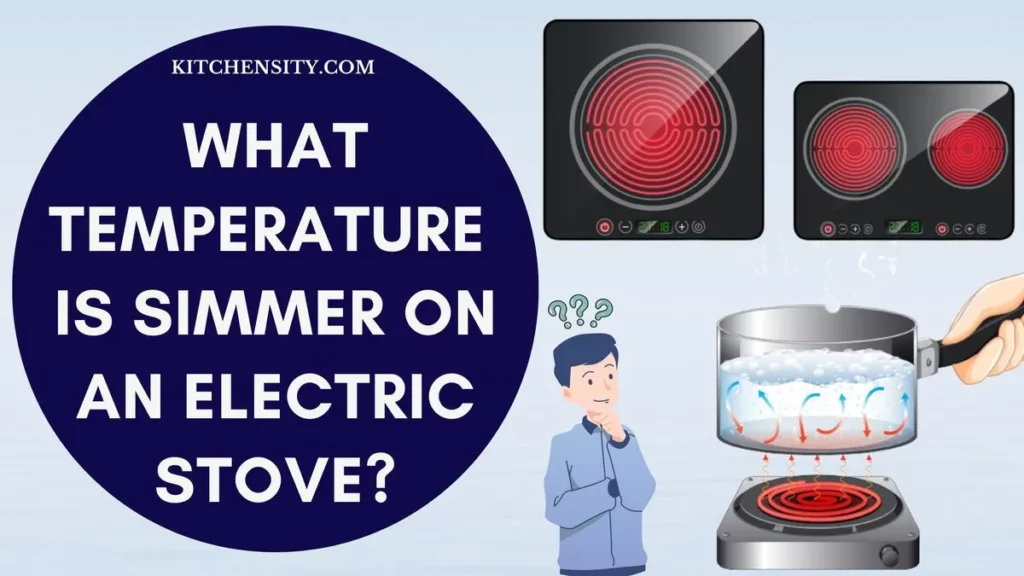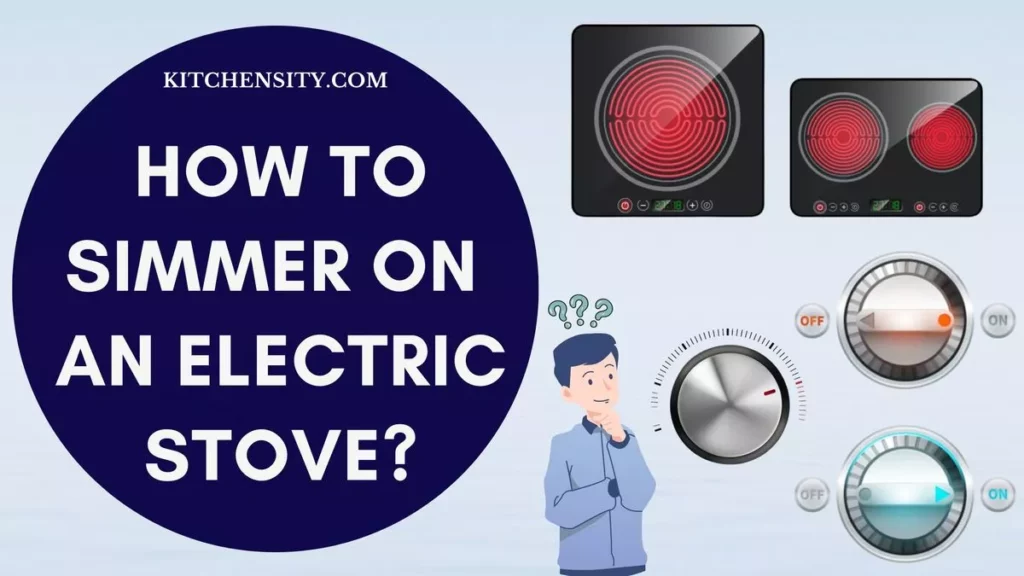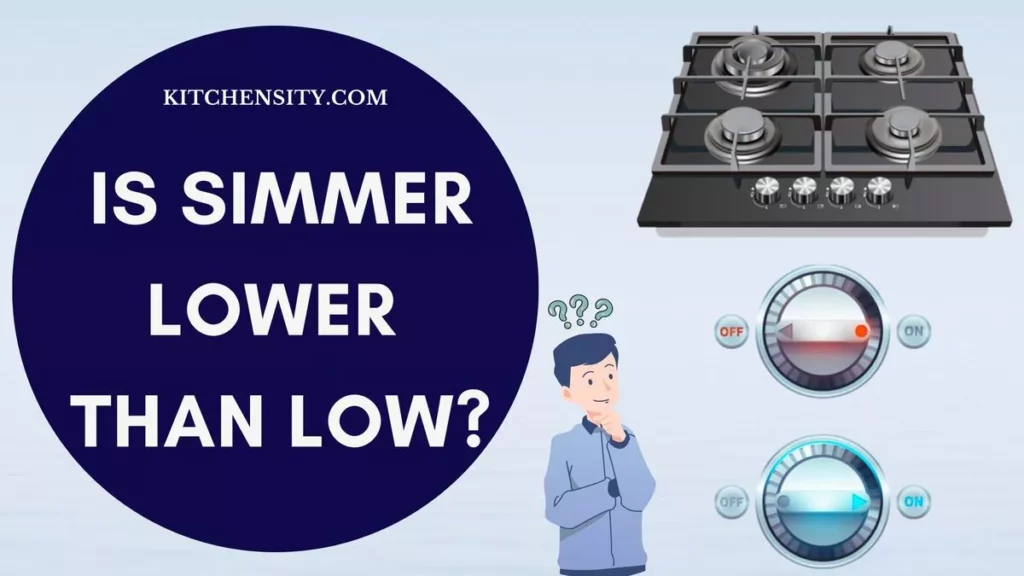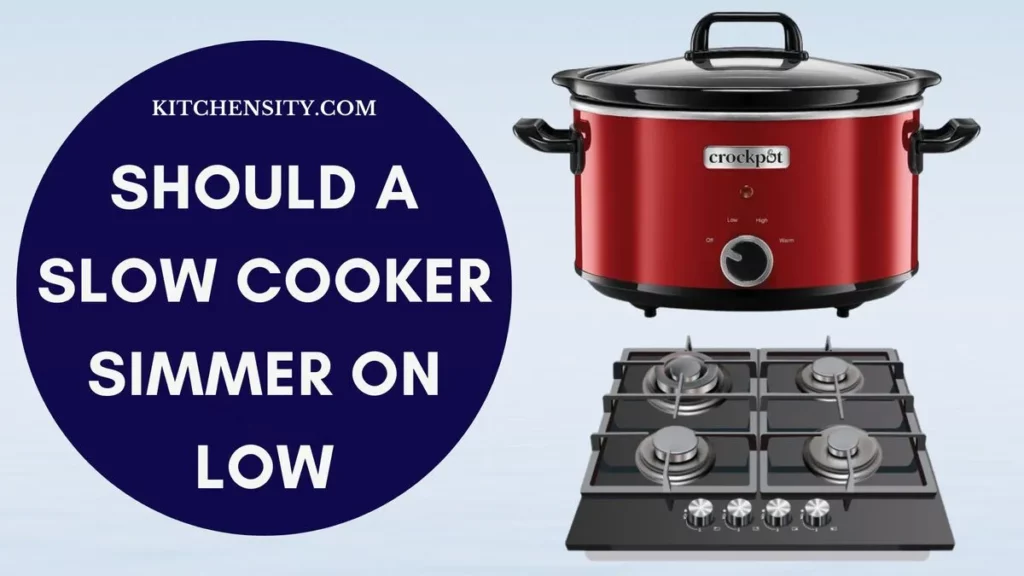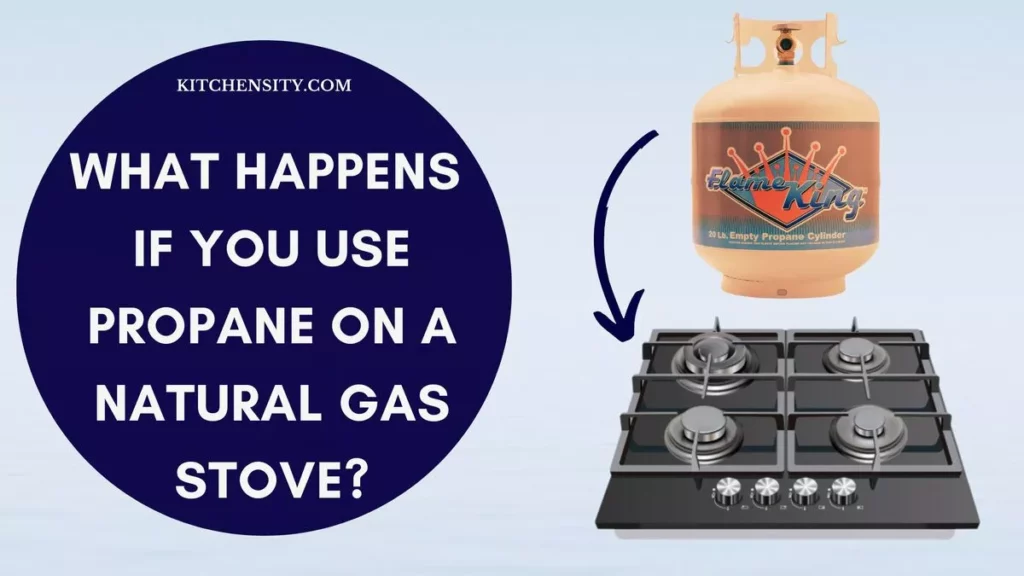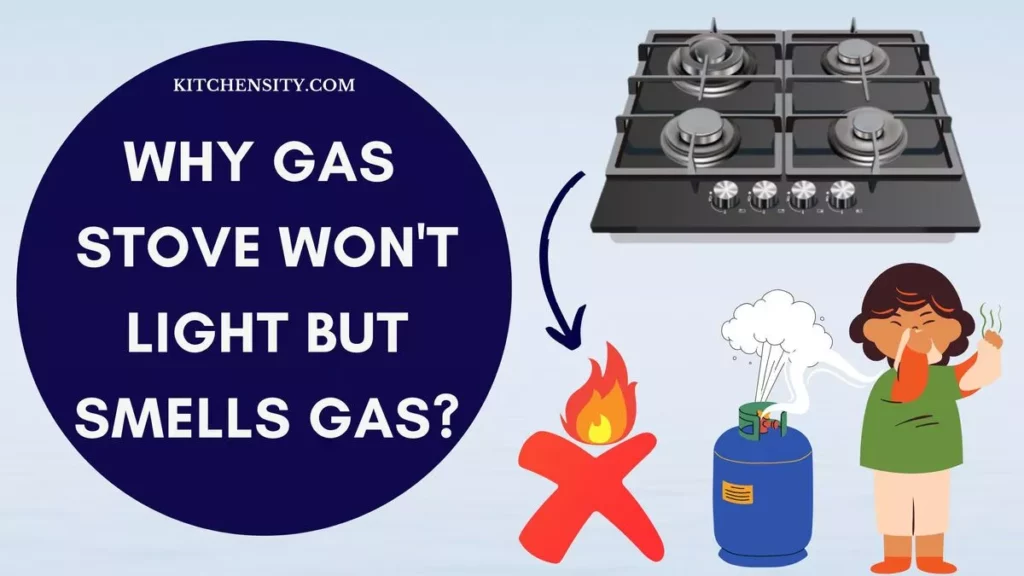Electric stove burners are not universally interchangeable, but you can swap some coil burners of the same wattage within the same stove model. Smooth-top, induction, and solid disk burners have unique designs and heating mechanisms, making them specific to particular stove models. Attempting to interchange these burners can result in inefficient heating, damage, and safety hazards.
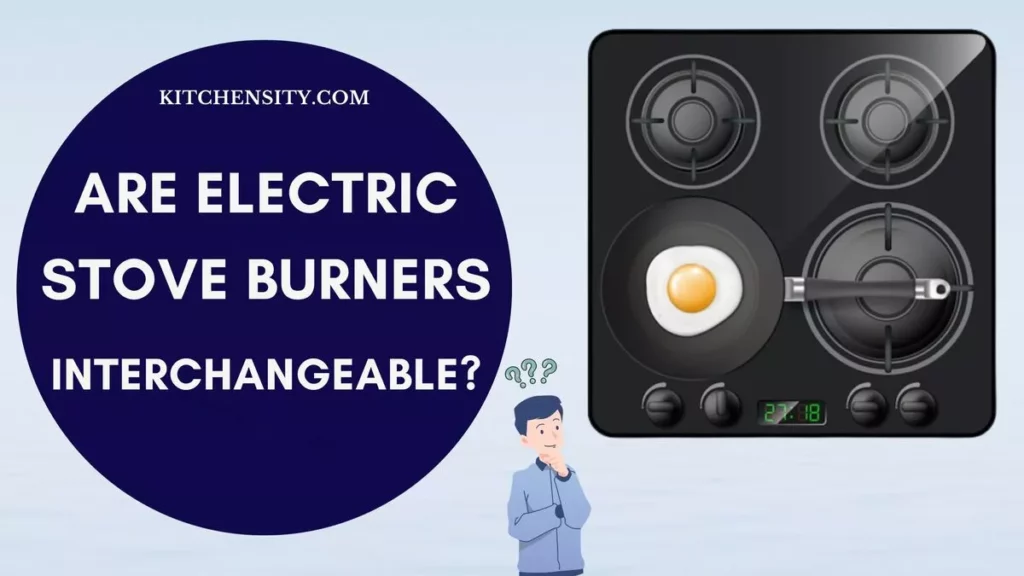
Table of Contents
- 1 What Are Electric Stove Burners?
- 2 What Are The Different Types Of Electric Stove Burners?
- 3 How To Interchange Different Electric Stove Burners?
- 4 Are All Electric Stove Burners The Same?
- 5 Why Some Burners Are Not Working On The Electric Stoves?
- 6 Can I Replace A Broken Electric Stove Burner With A Different Size And Brand?
- 7 Safety Precautions And Best Practices
- 8 Final Thoughts: Are Electric Stove Burners Interchangeable?
- 9 Frequently Asked Questions (FAQs)
What Are Electric Stove Burners?
Electric stove burners, also known as hot plates, are the heart of any electric stove. They come in various sizes and types, each serving a specific purpose in the cooking process. From simmering sauces to boiling water, these burners are designed with distinct functionalities.
Electric stove burners come in various types: coil, smooth-top, induction, and solid disk. Coil burners can be swapped within the same stove model if the wattage and size match. Smooth-top burners are specific to the stove model and should not be interchanged. Induction and solid disk burners have unique heating mechanisms and cannot be swapped. Always follow the manufacturer’s guidelines for safe and efficient cooking.
Also Read – Why Electric Stoves Take Forever To Boil Water?
What Are The Different Types Of Electric Stove Burners?
Electric stove burners come in four main types, each with unique features and benefits. They are coil burners, smooth-top burners, induction burners, and solid disk burners.
- Coil Burners: Coil burners have spiral-shaped heating elements made of metal coils. They are durable, even heat distribution, and compatible with various cookware. Also, they can be interchanged within the same stove model if wattage and size match.
- Smooth-Top Burners: Smooth-top burners feature a glass ceramic surface with embedded heating elements beneath. They have a sleek design, easy to clean, and provide a modern look to kitchens. Specific to the stove model, they are not interchangeable, and attempting to swap them can damage the surface.
- Induction Burners: Induction burners use magnetic fields to heat pots and pans directly. They have rapid heating, precise temperature control, energy efficiency, and safety (the surface remains cool). They require cookware with magnetic properties (e.g., cast iron, stainless steel), and are not interchangeable due to the unique heating method.
- Solid Disk Burners: Solid disk burners have a flat, solid surface that heats up when powered on. They are versatile, suitable for various cookware types, and have a stable surface for cooking. Not interchangeable with other types, but can be used for outdoor cooking due to stability.
Also Read – How Long Can You Leave An Electric Stove On Without Risking A Fire?
How To Interchange Different Electric Stove Burners?
Interchanging different types of electric stove burners requires caution and adherence to specific guidelines. Here’s how you can do it:
1. Interchanging Coil Burners.
Interchanging coil burners in an electric stove can be possible within specific parameters. Here’s how you can do it safely.
- Check Wattage And Size: Each coil burner has a specific wattage and size. Before interchanging, ensure that the replacement coil burner matches the wattage and size of the original burner. Mismatched burners can cause uneven cooking and potentially damage your cookware.
- Turn Off The Stove: Before replacing a coil burner, turn off the stove and unplug it to ensure your safety. Let the existing burner cool down completely before handling it.
- Remove The Old Burner: Gently lift the old coil burner from its socket. Be careful not to force it, as excessive pressure can damage the connection points.
- Install The New Burner: Carefully place the new coil burner into the socket. Ensure it fits snugly and aligns with the connection points. Avoid bending the coil during installation.
- Test The Burner: After installing the new coil burner, turn on the stove and test the burner to ensure it heats up evenly. Check for any unusual sounds or smells, which could indicate a problem with the installation.
- Regular Maintenance: Keep the coil burners clean and free from debris to maintain their efficiency. Clean spills and food residue promptly to prevent damage and ensure even heating.
- Consult The Manual: Always refer to the stove’s user manual for specific instructions regarding coil burner replacement. Manufacturers may have unique guidelines for their models.
If you are unsure or uncomfortable with the replacement process, it’s best to seek professional assistance to ensure the safe and proper interchange of coil burners in your electric stove.
Also Read – How Hot Do Electric Stove Burners Get?
2. Interchanging Smooth-Top Burners.
Interchanging smooth-top burners in an electric stove is generally not recommended due to their integrated design. Unlike coil burners, smooth-top burners are specifically fitted to the stove model, and swapping them can lead to various issues. They are:
- Surface Damage: Attempting to remove a smooth-top burner can damage the delicate glass-ceramic surface. Even slight mishandling can result in scratches, cracks, or shattering, rendering the stove unusable.
- Functionality Concerns: Smooth-top burners are intricately connected to the stove’s circuitry. Interchanging them may disrupt the electrical connections, causing malfunctions or even electrical hazards.
- Warranty Issues: Swapping smooth-top burners could void the warranty of your electric stove. Manufacturers typically discourage any alterations to the original design, and such modifications might nullify the warranty coverage.
- Professional Expertise: If you encounter issues with a smooth-top burner, it’s advisable to seek assistance from a professional technician. They have the expertise and tools necessary to diagnose and fix problems without compromising the stove’s integrity.
- Regular Cleaning: To maintain the smooth-top burner’s performance, clean it regularly following the manufacturer’s guidelines. Use appropriate cleaning products and utensils to avoid scratches and preserve the surface quality.
So, due to the complexity of smooth-top burners and the potential risks involved, it’s best to refrain from attempting to interchange them. Instead, rely on authorized professionals for any repairs or replacements to ensure the safety and functionality of your electric stove.
Also Read – How To Simmer On An Electric Stove?
3. Interchanging Induction And Solid Disk Burners.
Interchanging induction and solid disk burners in an electric stove is not advisable due to their distinct heating mechanisms and compatibility requirements.
- Induction Burners:
- Unique Heating Method: Induction burners use magnetic fields to directly heat compatible cookware. They require pots and pans made of magnetic materials such as cast iron or stainless steel.
- Compatibility Issues: Interchanging induction burners can lead to inefficiency and may not work at all if the new cookware is not magnetic. It’s essential to use the correct type of burner for specific induction-compatible cookware to ensure proper heating.
- Solid Disk Burners:
- Flat, Stable Surface: Solid disk burners feature a flat, solid surface that heats up when powered on. They are versatile and can accommodate various types of cookware.
- Not Interchangeable: Solid disk burners are not designed for induction-compatible cooking. Attempting to interchange them with induction burners will likely result in inefficient heating and could damage the cookware.
To maintain the efficiency and safety of your electric stove, it’s crucial to use the appropriate burner for each specific heating method. Induction burners should only be used with magnetic cookware, and solid disk burners should be used with standard pots and pans.
“Never attempt to modify or force an incompatible burner to fit your stovetop. This can create electrical hazards and lead to serious injury or property damage.” – Consumer Product Safety Commission (CPSC)
Also Read – What Temperature Is Simmer On An Electric Stove?
Are All Electric Stove Burners The Same?
No, not all electric stove burners are the same. Electric stoves come with different types of burners, including coil, smooth-top, induction, and solid disk burners. Each type has unique features, heating mechanisms, and compatibility requirements, making them suitable for specific cooking needs. It’s essential to understand these differences to choose the right burner for your cooking preferences and cookware.
Why Some Burners Are Not Working On The Electric Stoves?
Some burners are not working on the electric stove for various reasons like electrical connection issues, burner element issues, control switch issues, infinite switch, burner receptacles, wiring issues, fuse or circuit issues, voltage issues, etc. Here are some troubleshooting tips for these issues:
- Electrical Connections:
- Issue: Poor electrical connections or a faulty socket can prevent the burner from heating up.
- Solution: Check the power supply, socket, and wiring. Ensure there are no loose connections and that the socket is functioning correctly.
- Burner Element:
- Issue: A damaged or burned-out heating element can cause a burner to malfunction.
- Solution: Inspect the burner element for visible signs of damage or disconnection. If damaged, it needs replacement by a professional technician.
- Control Switch:
- Issue: A faulty control switch may prevent power from reaching the burner.
- Solution: Test the control switch with a multimeter to check for continuity. If it’s defective, replacing the switch might be necessary.
- Infinite Switch:
- Issue: The infinite switch controls the heat intensity. A malfunctioning switch can lead to uneven heating or no heating at all.
- Solution: If the burner is not heating uniformly, the infinite switch might be faulty and need replacement.
- Burner Receptacle:
- Issue: Burner receptacles can wear out over time, leading to poor electrical contact with the heating element.
- Solution: Inspect the receptacle for signs of burning or damage. If needed, replace it to ensure a proper connection with the heating element.
- Wiring Issues:
- Issue: Damaged wires or internal wiring problems can disrupt the electrical flow to the burner.
- Solution: Carefully inspect the internal wiring of the stove. If there are damaged wires, they should be repaired or replaced by a professional technician.
- Fuse Or Circuit Breaker:
- Issue: A blown fuse or tripped circuit breaker can cut off power to the stove, affecting the burners.
- Solution: Check the house’s fuse box or circuit breaker panel. Replace the fuse or reset the circuit breaker if necessary.
- Voltage Issues:
- Issue: Insufficient voltage supply can lead to reduced heat or non-functioning burners.
- Solution: Ensure the stove is receiving the correct voltage as per the manufacturer’s specifications. If not, consult an electrician to address the voltage issue.
If troubleshooting these common problems does not resolve the issue, it’s best to contact a qualified appliance technician. Attempting complex repairs without expertise can lead to further damage or safety hazards.
Also Read – Are Natural Gas And Propane Interchangeable?
Can I Replace A Broken Electric Stove Burner With A Different Size And Brand?
No, it is not recommended to replace a broken electric stove burner with a different size and brand. Doing so can lead to compatibility issues, electrical hazards, safety concerns, voided warranties, and inefficient performance. Stoves are designed with specific burner sizes and wattages for even heating and using a different size or brand can damage cookware and affect food quality.
Different burners also have varying electrical requirements, which can overload circuits or provide insufficient heat for cooking. Also, using incompatible burners can compromise safety features and increase the risk of electrical issues or fires. Therefore, it is best to replace a broken electric stove burner with the same size and brand recommended by the manufacturer.
Also Read – Does A Gas Stove Need A Dedicated Circuit?
To ensure your electric stove’s safety, efficiency, and longevity, it’s crucial to replace broken burners with the exact size and brand recommended by the manufacturer. If you’re uncertain about which replacement burner to use, it’s best to consult the stove’s manual or contact the manufacturer or a certified technician for guidance.
Safety Precautions And Best Practices
When dealing with electric stove burners and their interchangeability, it’s essential to observe safety precautions and follow best practices to prevent accidents and ensure the proper functioning of your appliances. Here are some key safety tips and best practices.
Safety Precautions.
- Read the user manual provided by the manufacturer. It contains essential information about the compatibility of burners and specific guidelines for your stove model.
- Unless you are a certified technician, avoid attempting to interchange burners on your own. Incorrect installations can lead to electrical hazards and damage to your stove.
- Turn off the stove and unplug it from the power source before attempting to replace or interchange any burners. This prevents electrical accidents during the process.
- If you must handle electrical components, wear safety gear such as insulated gloves and safety goggles to protect yourself from electrical shocks or burns.
- Before installation, inspect the new burner for any defects or damages. Using damaged components can lead to malfunctions and safety hazards.
- Keep the stove and its components dry. Water and electricity do not mix well, and moisture can cause short circuits and electrical failures.
Also Read – Why Is My Gas Stove Not Clicking?
Best Practices.
- If you need to replace a burner, consult a certified technician. They have the expertise to ensure a safe and proper installation, adhering to the manufacturer’s specifications.
- Perform regular maintenance checks on your stove, including inspecting wiring, plugs, and burners. Promptly address any issues to prevent potential hazards.
- Use cookware that is compatible with the type of burner you have. For example, induction burners require magnetic cookware. Using incompatible pots and pans can result in inefficient heating and potential damage.
- Educate children about the dangers of stoves and hot surfaces. Keep them away from the kitchen when cooking, and use safety knobs or locks to prevent accidental stove activation.
- Install smoke alarms in the kitchen and keep a fire extinguisher nearby. In the event of a fire, these devices can prevent a small incident from turning into a disaster.
According to Bob Vila, “While coil burners can sometimes be swapped within the same stove, smooth-top, induction, and solid disk burners are not interchangeable due to their unique designs and heating mechanisms.”
Also Read – How To Fix A Pilot Light On A Gas Stove?
Final Thoughts: Are Electric Stove Burners Interchangeable?
In the world of electric stoves, one size does not fit all. While coil burners can often be swapped within the same stove, smooth-top, induction, and solid disk burners have their unique rules. Smooth tops need careful handling, while induction and solid disk burners require specific cookware.
To keep your kitchen safe and efficient, always follow the stove’s manual. Don’t believe common myths, and never mix and match burners unless you’re sure it’s safe. Each burner type has its purpose, so respecting their differences ensures your cooking experience is smooth and hazard-free.
Also Read – Why Did My Glass Stove Top Crack?
Frequently Asked Questions (FAQs)
-
Can I Swap Coil Burners Between Different Stove Models?
Generally, yes, if the wattage and size match, coil burners can be swapped within the same stove model.
-
Are Smooth-top Burners Interchangeable?
Smooth-top burners are specific to each stove model and should not be interchanged. Attempting to do so can damage the surface.
-
Can I Use Any Cookware On Induction Burners?
No, only magnetic cookware like cast iron or stainless steel works on induction burners. Non-compatible cookware won’t heat up.
-
Are Solid Disk Burners Compatible With Induction Stoves?
No, solid disk burners and induction stoves operate differently and are not compatible with each other.
-
Is It Safe To Mix And Match Different Types Of Electric Stove Burners?
No, it’s not safe. Different burner types have specific requirements. Mismatching can lead to uneven heating, damage, and safety hazards. Always follow manufacturer guidelines.
🔧 Stove Expert | 🔥 Gas Guru | 🏠 DIY Enthusiast | 🎨 Painter Extraordinaire
John Davis is your go-to source for all things stoves, from expert repairs to maintenance tips. With a deep understanding of gas systems, including natural and propane, John ensures your kitchen stays cooking safely. His passion for DIY home and kitchen projects shines through his stunning paint transformations. Trust John to bring warmth and functionality to your home, one stove at a time.

